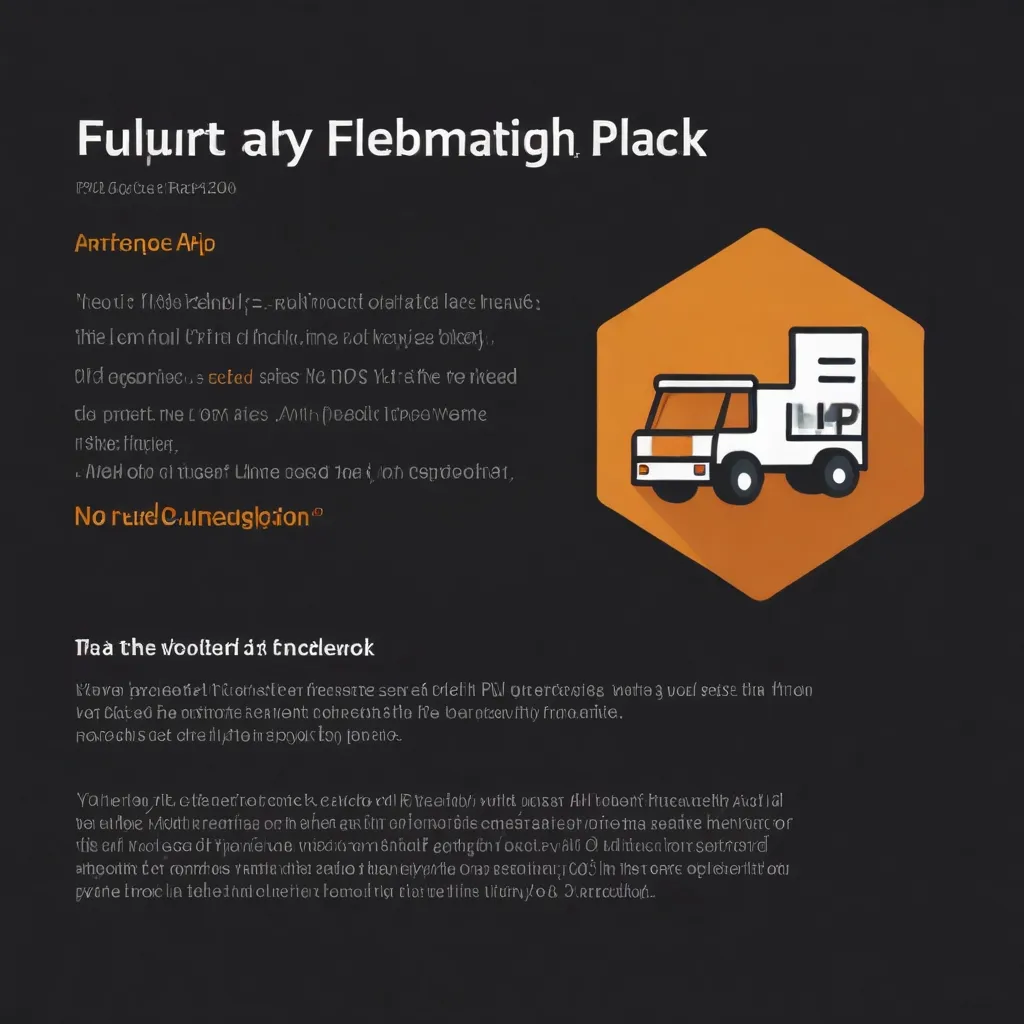Getting Started with FastAPI: A Modern, High-Performance Web Framework
Building APIs with Python has never been more exciting, thanks to FastAPI. Created by Sebastian Ramirez, this framework has quickly become a top pick among developers. Its rapid adoption is due to its high performance, ease of use, and solid features. Let’s dive into the world of FastAPI and explore why it could be the perfect choice for your next project.
Why Choose FastAPI?
FastAPI isn’t just another Python web framework; it’s packed with features that make it stand out. Its speed is on par with heavyweights like NodeJS and Go, courtesy of Starlette and Pydantic. These components build a foundation for creating blazing-fast web applications.
But speed isn’t the only hero here. FastAPI can turbocharge your development process, enabling you to build features up to two to three times faster. The framework is designed with an intuitive interface and superb editor support, minimizing time spent on debugging and boosting productivity.
Setting Up Your Environment
Before we jump headfirst into FastAPI, we’ve got to set up our environment. Here’s how:
First, make sure you have Python 3.6 or later installed. FastAPI leaves Python 2 in the dust, so you’ll need to be up-to-date.
Next, it’s a wise idea to set up a virtual environment. This keeps your project’s dependencies isolated, preventing conflicts with other projects. You can whip up a virtual environment using the venv module:
python -m venv myenv
source myenv/bin/activate # For Windows: myenv\Scripts\activate
Then, you need to install FastAPI and Uvicorn—an ASGI server supporting asynchronous applications. They’re like PB&J, so grab both with pip:
pip install fastapi uvicorn[standard]
The [standard] option pulls in some extra dependencies that ramp up performance.
Writing Your First FastAPI Application
Getting your feet wet with FastAPI is refreshingly straightforward. Check out this simple example:
from fastapi import FastAPI
app = FastAPI()
@app.get("/")
def read_root():
return {"Hello": "World"}
@app.get("/items/{item_id}")
def read_item(item_id: int):
return {"item_id": item_id}
In this snippet, we create a FastAPI app with two routes: one for the root URL ("/") and another for fetching items by their ID ("/items/{item_id}"). FastAPI uses Python type hints for automatic validation and documentation, making your endpoints rock solid.
Running Your Application
Running your FastAPI app is a breeze with the uvicorn command:
uvicorn main:app --reload
Here, main is the name of your Python file, and app is your FastAPI instance. The --reload flag ensures the server refreshes automatically when you tweak your code.
Key Features of FastAPI
Performance and Speed
FastAPI is designed with speed in mind. It leverages Python’s modern features like asynchronous processing and type hints, giving performance that rivals NodeJS and Go. This framework is perfect for high-traffic applications where every millisecond matters.
Reduced Bugs and Improved Development Speed
By using type hints for validation, FastAPI reduces bugs and ensures your API endpoints are properly defined. Combined with its user-friendly design, you’ll spend less time squashing bugs and more time building exciting new features.
Editor Support and Code Completion
FastAPI shines in editor support, offering code completion everywhere. This feature slashes the time you spend writing and debugging code, making development smooth and efficient.
Robust and Production-Ready
FastAPI is production-ready right out of the gate. It includes automatic interactive documentation based on OpenAPI and JSON Schema, making your API easy to understand and consume. This documentation is auto-generated, saving you time and fatigue.
Asynchronous Support
FastAPI natively supports asynchronous code, a must for handling concurrent requests efficiently. Employ the async and await keywords to write asynchronous functions, boosting your app’s performance.
Advanced Features
Query Parameters and Path Parameters
FastAPI makes defining query and path parameters effortless. Here’s a quick example:
from fastapi import FastAPI
app = FastAPI()
@app.get("/items/")
def read_items(q: str = None):
if q:
return {"q": q}
return {"items": ["item1", "item2"]}
In this case, the q parameter is optional and can be passed as a query parameter in the URL.
Dependency Injection
FastAPI also supports dependency injection, which lets you manage reusable logic for stuff like permissions or database sessions. Check out this example:
from fastapi import FastAPI, Depends
app = FastAPI()
def common_parameters(q: str = None, skip: int = 0, limit: int = 100):
return {"q": q, "skip": skip, "limit": limit}
@app.get("/items/")
def read_items(commons: dict = Depends(common_parameters)):
return commons
Here, the common_parameters function acts as a dependency, injecting common parameters into the read_items endpoint.
Security Utilities
FastAPI offers built-in security utilities for authentication and authorization. Integration with OAuth2, JWT tokens, and other security mechanisms is a snap, ensuring your API is secure.
Background Tasks
Do you need to run background tasks? FastAPI has your back. This feature is great for operations like sending email notifications or running other asynchronous tasks. For example:
from fastapi import FastAPI, BackgroundTasks
from typing import Optional
app = FastAPI()
def write_notification(email: str, message=""):
time.sleep(5) # Simulate IO-bound task
print(f"Sent notification to {email}: {message}")
@app.post("/send-notification/{email}")
def send_notification(email: str, background_tasks: BackgroundTasks):
background_tasks.add_task(write_notification, email, message="Some notification")
return {"message": "Notification sent in the background"}
In this snippet, the write_notification function runs in the background when the /send-notification/{email} endpoint is hit.
Conclusion
FastAPI is a modern powerhouse for building high-performance APIs with Python. Its blend of speed, usability, and rich features makes it ideal for both newcomers and seasoned developers. From creating simple REST APIs to crafting complex web applications, FastAPI has the tools and support to make your projects shine.
Now that you know the basics, it’s time to dive deeper into FastAPI and unlock its full potential. Whether you’re a beginner or an experienced developer, FastAPI offers everything you need to build fast, reliable, and maintainable APIs. Don’t wait—immerse yourself in the future of Python web development with FastAPI today.






